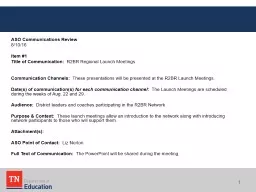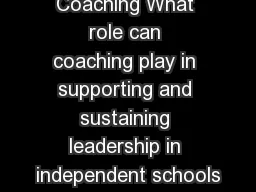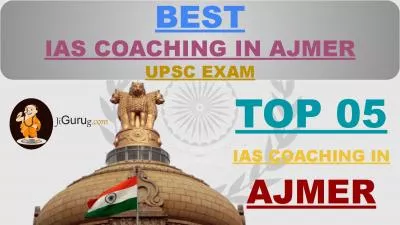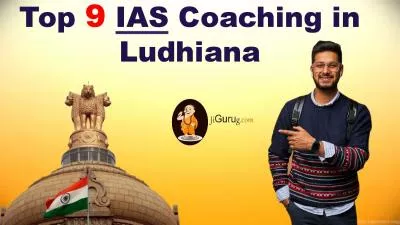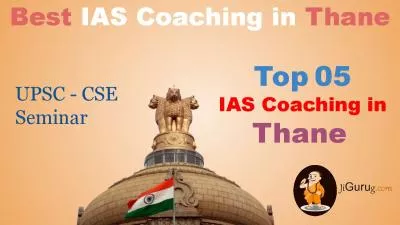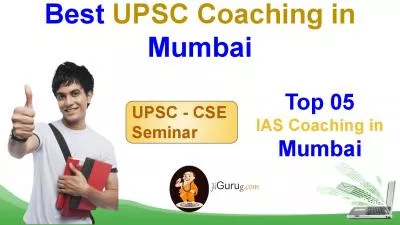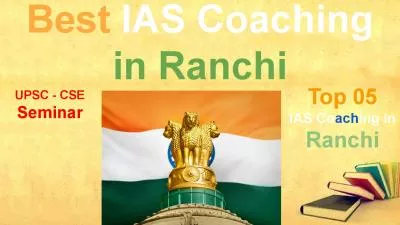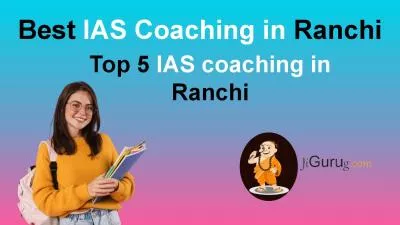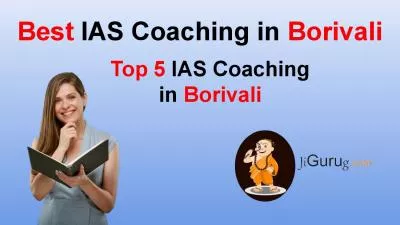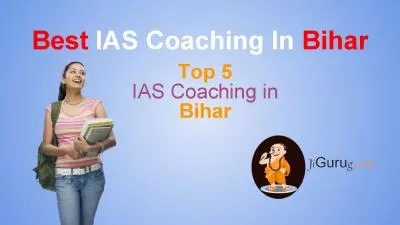PPT-Read to be Ready Coaching Network
Author : tatyana-admore | Published Date : 2018-09-17
Becky Cox Executive Director of Reading Office of Reading August 2016 Dr Elizabeth Norton Director of Reading Coaching Office of Reading August 2016
Presentation Embed Code
Download Presentation
Download Presentation The PPT/PDF document "Read to be Ready Coaching Network" is the property of its rightful owner. Permission is granted to download and print the materials on this website for personal, non-commercial use only, and to display it on your personal computer provided you do not modify the materials and that you retain all copyright notices contained in the materials. By downloading content from our website, you accept the terms of this agreement.
Read to be Ready Coaching Network: Transcript
Download Rules Of Document
"Read to be Ready Coaching Network"The content belongs to its owner. You may download and print it for personal use, without modification, and keep all copyright notices. By downloading, you agree to these terms.
Related Documents

